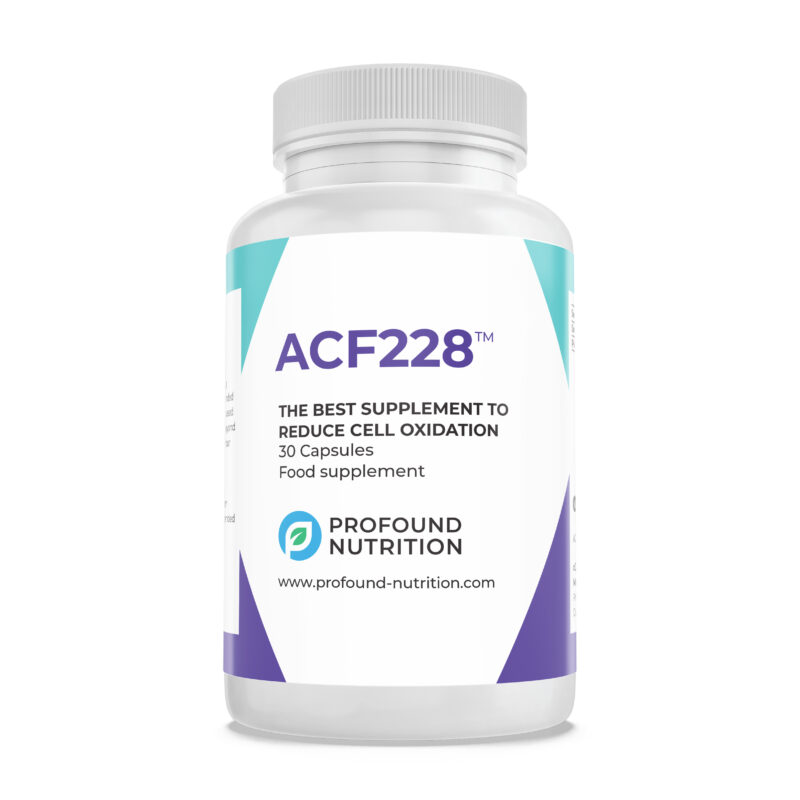ACF228™ Breathe Easy, a natural method to improve lung function
Since childhood, Emily has had breathing problems aggravated by her allergies. Every spring and during many trips outdoors, her lungs would swell with pain and breathing became difficult. She had tried a variety of over-the-counter antihistamines with success until adulthood, and then Emily was diagnosed in her twenties with chronic asthma and put on a corticosteroid inhaler.
The corticosteroid inhaler worked fine except for the $160-a-month price tag that her health insurance didn’t cover. But Emily had the help of her parents’ health insurance, which covered her until age 26. So insurance helped correct her asthma and allergy problems, but then she began to discover the long-term side effects of the steroid inhalers.
Side Effects of Steroid Inhalers
After many years of corticosteroid inhaler use, Emily began to experience what medical doctors classify as mild Cushing’s syndrome. Cushing’s results from an excessive amount of cortisone that reveals itself by producing a round, moonlike face, pendulous abdomen, and spindly, toothpick-like legs. After many years, patients begin to resemble the cartoon character Tweety Bird!
Additional side effects experienced by Emily were skin and menstrual problems, muscle cramps, rapid weight gain, susceptibility to bruises that wouldn’t heal and white patches inside of her mouth. Doctors told Emily that later in life she could expect loss of bone calcium and arthritis if she didn’t stop using steroid inhalers. But how could she? Without them she suffered from debilitating asthma.
Meanwhile, in the prominent medical journal, JAMA (Journal of the American Medical Association, 2000, August 16; 284[7]: pages 879-881), eminent Harvard physician Dr. Blackman found that excess glucocorticoid from inhalers and other sources cause:
- Osteopenia
- Sarcopenia (loss of muscle mass)
- Loss of strength
- Loss of exercise capacity
- Increased total and intra-abdominal fat
- Glucose intolerance
- Dyslipidemia
- Increased fragility of skin and blood vessels
- Decreased immune function
- Decreased quality of life
What to do?
Emily tried to cut back on the harsh inhalers, but she needed them almost daily to maintain a normal lifestyle; she sought an alternative without side effects. On the advice of a close friend, Emily asked for help from IAS; she discovered that thousands of people had received help through a new type of inhaler without steroids developed by Nobel Prize candidate, Dr. Richard Lippman, the esteemed inventor of the nicotine patch.
Dr. Lippman has developed a natural inhaler to help with many types of breathing problems. This new inhaler does not cure diseases such as lung cancer or lung problems caused by overdosing with aspirin. Instead, this inhaler is an exceptional solution for other lung problems that cause excessive mucus and bronchial contractions.
Years ago, Dr. Lippman reasoned that increasing adrenal steroids such as cortisone in epithelial lung cells was a poor approach to solving breathing difficulties. His more progressive approach incorporates patented antioxidants that strengthen lung cells against an onslaught of reactive oxygen species (ROS) and pollutant molecules that are continuously inhaled into the lungs.
Dr. Lippman concurs with Dr. Blackman’s findings. Dr. Lippman’s simple and straightforward solution replaces deficient antioxidants essential for lung epithelial health within the lungs themselves. Dr. Lippman’s inhaler has been trademarked since it contains many of the ingredients in a revolutionary antiaging capsule that he patented earlier.¹
Dr. Lippman emphatically states that all commercial steroid inhalers increase adrenal steroids to super-physiologic levels in lung cells, causing symptoms of Cushing’s syndrome. Years on, continued steroid use contributes to a least ten medical problems often mistakenly associated with ordinary aging. Clearly, this misguided practice is scientifically unsound and unwise choice for patients, although it is highly profitable for the pharmaceutical industry, so it’s no wonder that prominent colleagues of Dr. Lippman have enthusiastically endorsed his ideas and his new inhaler.
The remedy
Dr. Lippman recommended that Emily wean herself off steroid inhalers and to try his ACF228™ Breathe Easy inhaler.
How to use the ACF228™ Breathe Easy inhaler
- Wash your hands.
- Shake the device lightly and point its black brush downward.
- Pump the button on the top of the device five times to pressurize the unit.
- Upon full pressurization, pull back the plastic sleeve, hold the brush in front of the lips, and lightly stroke the black brush with the thumb while inhaling the fine dust spraying from the brush. This last step should be repeated several times depending upon the severity of the breathing symptoms. Breathing problems are often caused by irritation of lung epithelial cells that respond defensively with excessive mucus formation and accompanying bronchial contractions.
NOTE: A rescue inhaler such as Albuterol® should be kept handy in the event that lung cells receive a sudden and overwhelming attack from allergens. Thus, ACF228™ Breathe Easy should be used for the preventative maintenance of sensitive lung epithelial cells and not for medical emergencies.
Conclusion
Dr. Lippman has designed the unique ACF228™ Breathe Easy inhaler to improve breathing and prevent irritation that causes mucus formation.
Reference
1. Lippman, Richard. 2009. Stay 40. Denver, CO: Outskirts Press Inc.
